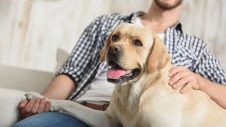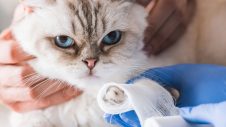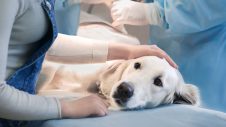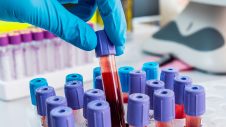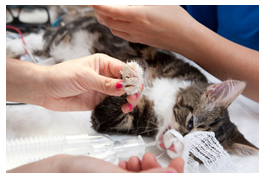 Anaesthetics are a part of many veterinary procedures. X-rays, dentistry, desexing, and lump removal are common procedures that require their use.
Anaesthetics are a part of many veterinary procedures. X-rays, dentistry, desexing, and lump removal are common procedures that require their use.
Vets are experienced anaesthetists, often doing many in one day. It’s understandable that you could be concerned about your pet having an anaesthetic, but at Greencross Vets, we follow the strictest standards.
Anaesthetic Choice
Not every pet will be given the same anaesthetic. The choice of anaesthetic is determined by age, breed, and current health status. Previous anaesthetic history will also be taken into account. Your vet will review your pet’s reaction to past anesthetic use.
All pets will undergo from a pre-anaesthetic blood test. This is to ensure there are no underlying health problems not detected in a physical examination.
Anaesthetic Monitoring
All pets are monitored carefully when under anaesthetic. There is a dedicated veterinary nurse who is by your pet’s side at all times. We will track and recording the anaesthetic for the duration of the procedure.
Equipment used during the procedure includes:
Pulse oximeter
The Pulse Oximeter tells us how well your pet is oxygenating, and how much oxygen is being carried to all organs in the body.
Respiratory monitor
The respiratory monitor is used when pets are under anaesthesia to measure the breathing rate and pattern. Changes to your pets breathing whilst under anaesthetic may indicate that the level of anaesthetic being given may need to be altered.
Blood pressure machine
This device measures how well your pet is performing while under anaesthesia. It allows us to keep track of the quality of pulses and to ensure blood is reaching vital organs at all times. 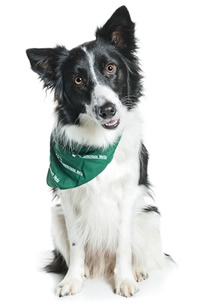

Anaesthetic support
Intravenous fluid support is beneficial and sometimes essential for your pet’s safety whilst under anaesthesia. Fluid therapy is delivered by infusion pumps at calculated rates. This helps to maintain fluid hydration during anaesthetics. When intravenous fluids are given to your pet, it’s done through a catheter placed in one of your pet’s leg veins. Having this catheter in place means the veterinarian has immediate access to your pet’s circulatory system. In the event of an emergency, medications can be given immediately into the bloodstream and therefore act quickly to alleviate the problem.
It’s important that pet parents understand the safety measures available and monitoring equipment that is used to ensure that when in our care, all pets have the best possible anaesthetic.

 Greencross Vets
Greencross Vets 
